Introduction to Variable Valve Timing
Variable valve timing (VVT) is essential technology in modern engine design. It optimizes engine efficiency by adjusting valve opening and closing timing based on operating conditions. This ensures that engines deliver power when needed while improving fuel economy and reducing emissions.
What is Variable Valve Timing?
Variable valve timing adjusts the timing of engine intake and exhaust valves. It adapts to changing engine speeds and loads. Traditional engines use fixed valve timing, which may not suit all driving conditions. VVT achieves better performance by altering valve timing to match specific needs. This leads to more efficient power delivery, better fuel consumption, and decreased environmental impact. Manufacturers like Toyota (VVT-i) and Honda (VTEC) developed advanced VVT systems to maximize engine potential.
History and Evolution of Valve Timing Technology
Valve timing innovation dates back to early 20th century. Early engines used mechanical camshaft systems with fixed settings. In the 1980s, engineers developed the first variable systems to enhance performance and efficiency. Honda’s VTEC, introduced in 1989, was a major milestone. Over time, automakers integrated electric and hydraulic actuation technologies to improve precision. Today, advanced VVT systems are industry standards, contributing significantly to modern engine efficiency and emissions compliance.
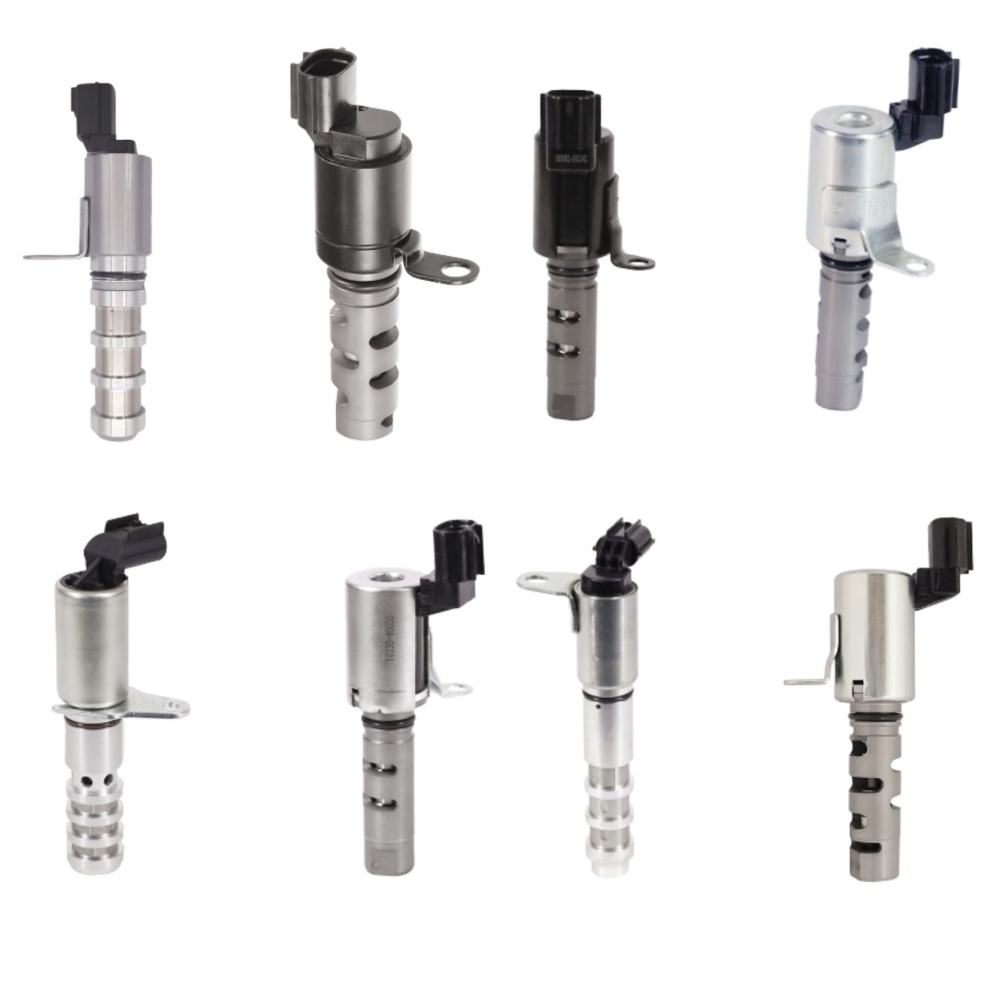
The Science Behind Variable Valve Timing
Variable valve timing (VVT) brings science and engineering together to optimize engine performance. By adjusting the timing of intake and exhaust valves, it improves engine efficiency under different conditions. Understanding how it works and its underlying mechanisms is key to appreciating its impact on modern engines.
How Valve Timing Affects Engine Performance
Valve timing controls how air and fuel enter and exit the engine’s combustion chamber. Proper timing leads to smoother combustion and efficient energy use.
- Better Fuel-Air Mixing: Adjusted valve timing ensures a more precise mix of air and fuel. This improves combustion efficiency.
- Optimized Power Delivery: At higher speeds, VVT opens valves earlier for maximum power output.
- Enhanced Torque: At lower speeds, VVT adjusts timing to boost torque for better acceleration.
- Reduced Waste: Correct timing minimizes unburnt fuel, leading to improved fuel economy.
Engines without VVT may lose efficiency in specific conditions. VVT adapts to varying speeds and loads to meet performance needs. This makes engines powerful yet fuel-efficient.
Variable Valve Timing Mechanisms Explained
VVT systems use advanced mechanisms to control valve timing. These systems balance complexity and precision for reliable performance:
- Hydraulic Actuators: Many VVT systems use hydraulics to adjust camshaft positions. Hydraulic systems are efficient but require proper maintenance.
- Electric Actuators: Electric systems use motorized actuators to fine-tune valve timing. These are precise but may cost more.
- Camshaft Phasing: Camshaft-based systems shift cam angles to change valve timing dynamically. Examples include VVT-i (Toyota) and VTEC (Honda).
- Dual-phase Timing: Advanced systems like BMW’s VANOS enable intake and exhaust timing modifications for superior performance.
These mechanisms ensure engines deliver power while maintaining efficiency and reducing environmental impact. Automakers continually innovate to make these systems even more reliable and effective.
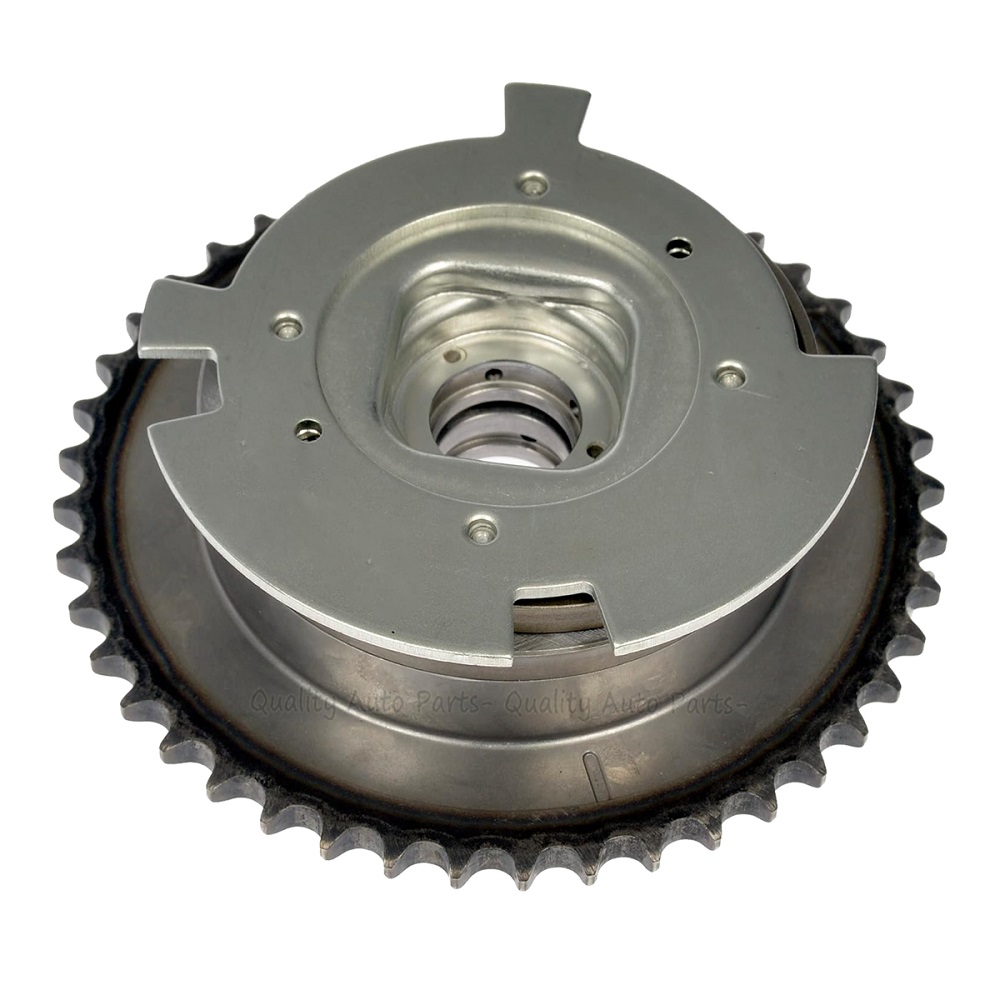
Types of Variable Valve Timing Systems
Variable valve timing (VVT) systems come in various forms, each offering specific benefits. These systems adjust valve movement to optimize engine performance. The most common types are camshaft-based, electric, and hydraulic systems.
Camshaft-Based Systems (VVT-i, VTEC, etc.)
Camshaft-based systems are widely used and rely on camshaft adjustments to modify valve timing:
- VVT-i (Variable Valve Timing – Intelligent): Developed by Toyota, this system adjusts intake valve timing dynamically. It improves fuel efficiency and power delivery while reducing emissions.
- VTEC (Variable Valve Timing and Lift Electronic Control): Honda introduced this system to switch between different cam profiles. It enhances performance at both low and high engine speeds.
- Dual VVT-i: This system adjusts both intake and exhaust valves. It ensures smoother power delivery and better torque.
These systems often use a camshaft phasing mechanism. By improving timing precision, they balance power and fuel economy.
Electric and Hydraulic Systems
Electric and hydraulic technologies enable more precise and varied control of valve timing:
- Electric Actuator Systems: Electric actuators are more accurate and can respond quicker than hydraulic setups. These systems improve timing changes by using small, motorized components. However, they can be expensive to manufacture.
- Hydraulic Systems: Hydraulic systems work by using oil pressure to adjust the camshaft position. They are reliable and widely adopted but require regular maintenance.
- Combined Electric-Hydraulic Systems: Some modern engines use combined systems to maximize both precision and reliability. They offer a balance of low cost and advanced control.
Automakers increasingly explore their potential to refine engines further.
These engine variable valve timing systems play a vital role in modern engines. They ensure efficiency, power, and lower emissions, meeting diverse driving needs.
Benefits of Variable Valve Timing in Engines
Variable valve timing (VVT) technology provides several advantages for modern engines. It enhances efficiency, boosts power, and reduces emissions. These benefits make it essential for meeting today’s automotive demands.
Enhanced Fuel Efficiency
Variable valve timing improves fuel economy significantly.
- Optimized Combustion: VVT finely adjusts valve timing for perfect air-fuel mix. This ensures efficient combustion.
- Reduced Energy Loss: By opening and closing valves at ideal moments, VVT avoids energy waste.
- Adaptation to Driving Conditions: Engines need less fuel by adjusting timing based on speed and load demands.
These adjustments make vehicles use less fuel during both city and highway driving. Fuel savings lead to more environmentally friendly transportation, especially as fuel prices increase.
Improved Power Output and Torque
VVT enhances both power production and torque for improved performance.
- Increased Power at High Speeds: At high speeds, VVT advances valve timings. This delivers maximum power output.
- Greater Torque at Low Speeds: At lower speeds, delayed valve timing boosts torque for better acceleration.
- Seamless Performance: By adapting dynamically, VVT ensures smooth transitions between speed ranges.
This makes engines equally capable in city traffic and highway cruising. Drivers enjoy both better responsiveness and greater driving satisfaction.
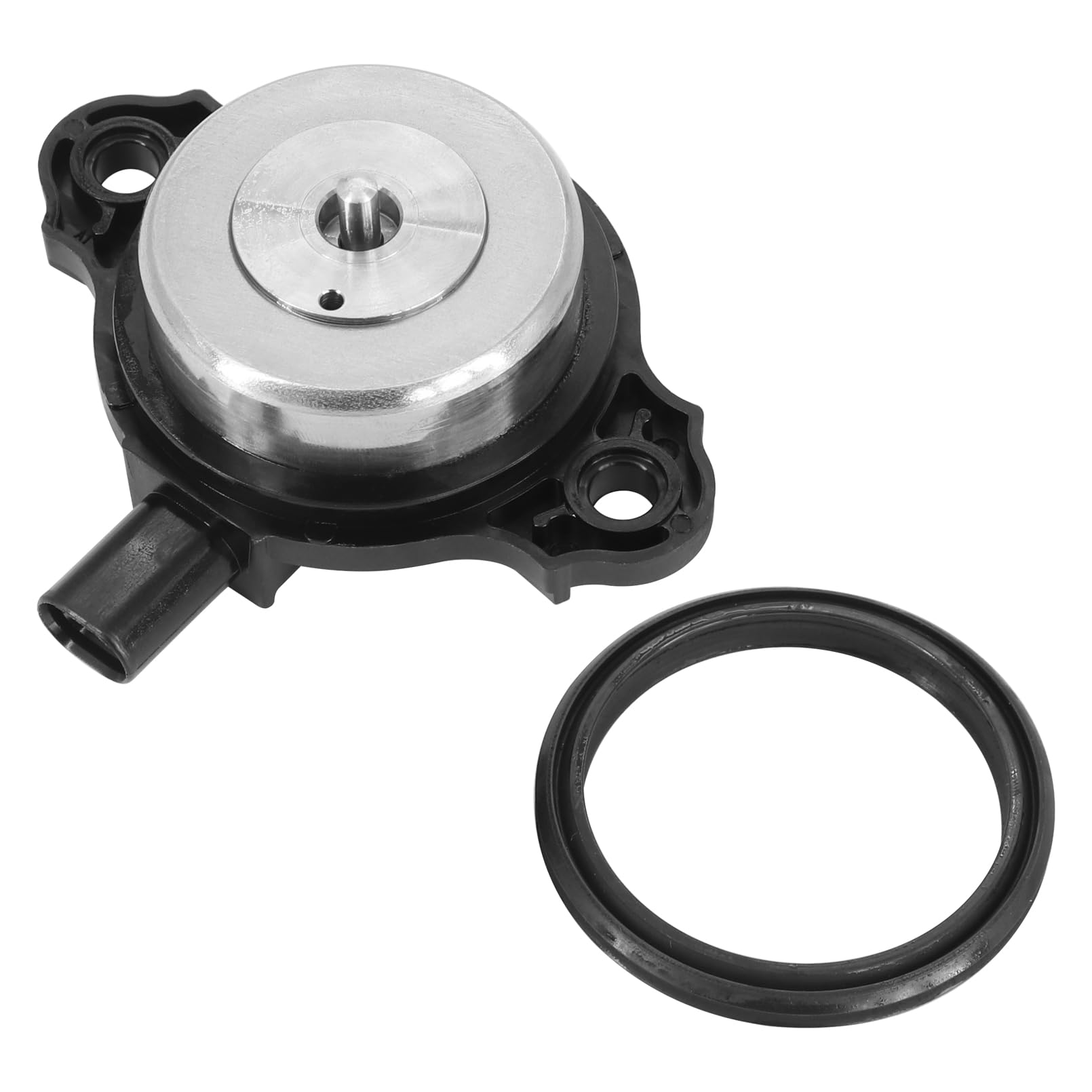
Reduced Emissions
Variable valve timing also plays a key role in lowering harmful emissions.
- Better Combustion: Improved air-fuel ratios reduce unburnt fuel, minimizing CO2 releases.
- Lower Nitrogen Oxide Levels: Controlled exhaust valve timing helps cut nitrogen oxide emissions, a major pollutant.
- Regulatory Compliance: VVT systems aid vehicles in meeting strict emission standards globally.
By decreasing emissions, VVT ensures engines are cleaner and less harmful to the planet. Automakers rely on this technology to achieve greener transportation solutions.
In conclusion, the benefits of variable valve timing are clear. It provides better fuel efficiency, improved performance, and significant emission reductions. These features make VVT indispensable for modern engines and future automotive advancements.
Challenges and Limitations of Variable Valve Timing
Variable valve timing (VVT) technology is innovative but comes with certain challenges and limitations. While it improves engine performance, efficiency, and emissions, managing its complexities requires careful attention.
Maintenance Requirements
VVT systems need regular maintenance to perform reliably over time. Neglect may reduce efficiency and increase costs.
- Oil Quality and Pressure: Hydraulic systems depend on proper oil quality and pressure for functionality. Low-quality oil or clogged passages can impair operation.
- Component Wear: Camshaft actuators, solenoids, and sensors wear out due to constant movement and pressure. Routine inspections and timely replacements are necessary.
- Scheduled Service: Following manufacturer-specified intervals for servicing ensures the system remains effective. Delays in maintenance could lead to system failure.
- Complexity of Repairs: Repairs for VVT systems are more complex compared to traditional engines. Skilled technicians and specialized tools are often required, increasing labor costs.
Proper maintenance is critical for optimizing VVT performance and avoiding mechanical or efficiency issues.
Potential Failures and Common Issues
Despite its advantages, VVT systems can experience problems, especially if poorly maintained or exposed to damage.
- Sensor Malfunctions: Faulty sensors may send inaccurate signals, disrupting valve timing. This can affect power delivery.
- Solenoid Failures: Solenoids control actuator operations. Wear or electrical faults may cause system malfunctions.
- Camshaft Timing Errors: Incorrect camshaft positioning leads to inefficient valve timing and degraded engine performance.
- Oil Leaks: Hydraulic systems may suffer from oil leaks, reducing functionality and risking mechanical damage.
- Software Glitches: Modern VVT systems rely on software for precise control. Buggy software can result in timing issues.
- Performance Drop: Over time, dirt or wear may make the system less effective, lowering overall engine efficiency.
Diagnosing and fixing these issues requires specialized expertise. Early detection and repairs help minimize costs and downtime.
Understanding these challenges enables owners to take proactive measures. Proper care ensures the longevity and reliability of engine variable valve timing systems.
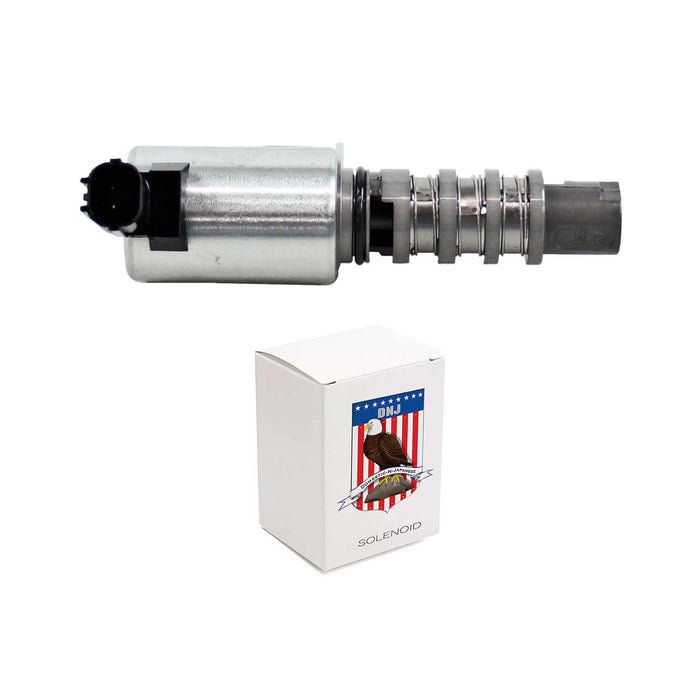
Key Applications in Modern Vehicles
Variable valve timing (VVT) plays a vital role in modern automotive designs. It enhances engine efficiency, power, and emission control. Automakers use VVT to meet stricter environmental standards and improve driving experiences.
Automotive Industry Trends
The automotive industry is advancing rapidly, with VVT becoming standard in most engine designs. Key trends in VVT applications include:
- Efficiency Boost: Automakers focus on VVT to improve fuel economy and reduce emissions.
- Performance Optimization: VVT ensures engines deliver power and torque for varied driving conditions.
- Smaller Engine Designs: VVT enables smaller engines to perform as well as larger ones.
- Hybrid Integration: Manufacturers are blending VVT with hybrid technologies to enhance energy management.
- Electric Options: VVT is evolving to support advanced plug-in hybrid systems.
- Eco-Friendly Standards: Compliance with emission regulations drives VVT adoption across global markets.
These trends underline VVT’s importance in advancing automotive efficiency.
Examples of Popular Variable Valve Timing Engines
Several automakers have developed iconic VVT engines that are widely recognized:
- Toyota’s VVT-i Systems: Used in models like Corolla and Camry, VVT-i improves fuel efficiency and emissions.
- Honda’s VTEC Engines: Found in Civic Type-R, VTEC boosts power across low and high speed ranges.
- BMW’s VANOS Technology: Featured in BMW sedans and sports cars, VANOS adjusts timing for power and smoothness.
- Nissan’s CVTC Engines: Common in Altima and Frontier, CVTC enhances performance and reduces pollution.
- Ford’s Ti-VCT Engines: Installed in Focus and Escape, Ti-VCT adjusts intake and exhaust for better driving feel.
These engines showcase how VVT systems improve performance while addressing fuel and emission challenges.
VVT remains central to the future of vehicle innovation. It supports more efficient, powerful, and eco-friendly mobility solutions.
Future of Variable Valve Timing Technology
Variable valve timing (VVT) technology continues to evolve, pushing boundaries in automotive design and efficiency. Upcoming innovations and integration with hybrid and electric vehicles are shaping its future.
Innovations on the Horizon
The future of VVT will see advancements that further improve engine performance and environmental impact.
- Advanced Control Systems: Next-gen VVT systems will feature smarter electronic controls for precise valve timing.
- Smaller Components: Innovations will enable more compact and lightweight VVT parts for streamlined engine designs.
- Better Efficiency: Future systems will offer enhanced fuel economy with reduced maintenance needs.
- Material Improvements: New durable and lightweight materials will lower wear and extend part lifespan.
- Enhanced Diagnostics: Advanced sensors will detect issues early and ensure efficient operation.
- Customized Settings: AI integration may allow real-time valve timing customization for varying driving styles.
Manufacturers are focusing on these innovations to meet rising customer and environmental demands.
Integration with Hybrid and Electric Vehicles
Variable valve timing will play a key role in hybrid and electric vehicle technology.
- Optimizing Hybrid Engines: VVT will help hybrid engines balance fuel efficiency and power during varying conditions.
- Supporting Range Extenders: VVT can improve the performance of smaller internal combustion engines used in plug-in hybrids.
- Improving Regenerative Braking: Advanced timing may integrate with regenerative braking for better energy recovery.
- Adapting to Electric Motors: VVT systems can complement electric motors, enhancing overall performance in mixed-power setups.
- Eco-Friendly Designs: Combined technologies will achieve stricter emission compliance and lower carbon footprints.
Automakers will continue to explore VVT’s potential in hybrid and electric innovations. This ensures more efficient, adaptive, and eco-friendly vehicles for the future.
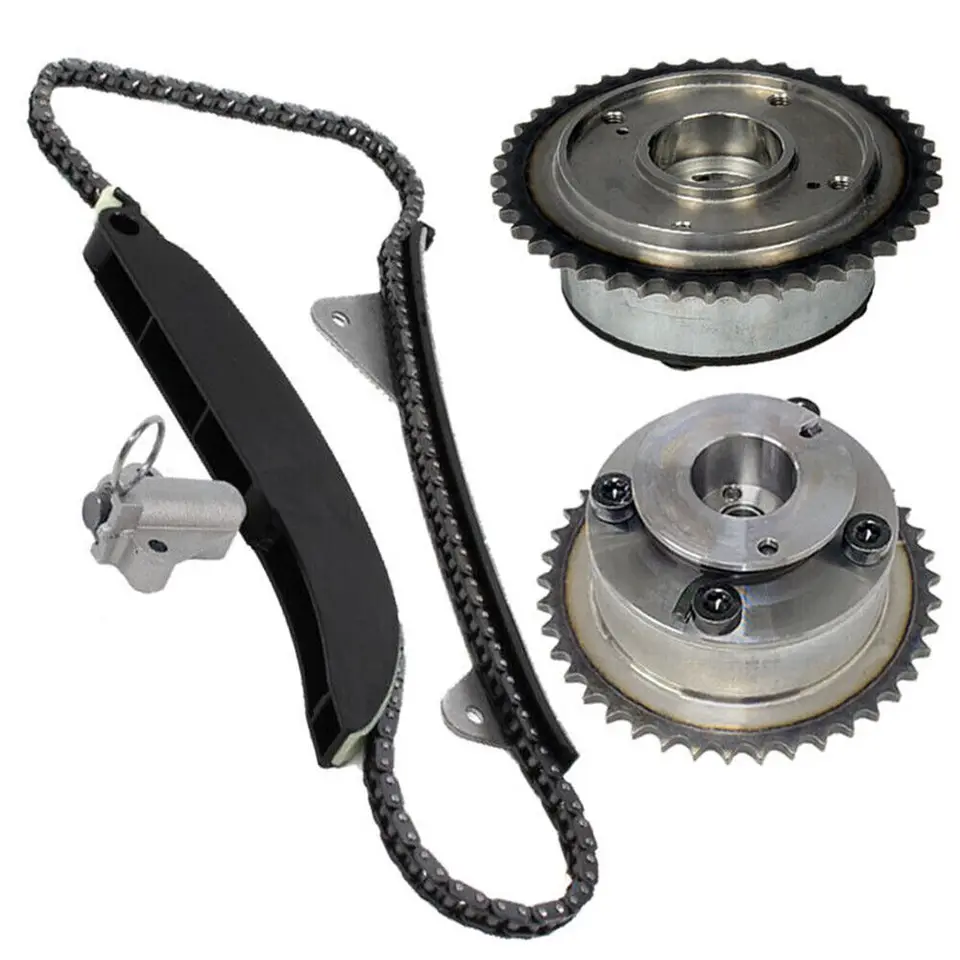
Embracing the Benefits of VVT
In conclusion, engine Variable Valve Timing is a transformative technology that plays a pivotal role in modern automotive engines. By enabling precise adjustments to valve timing, VVT enhances performance, improves fuel efficiency, and reduces harmful emissions. Understanding how VVT systems work, the benefits they offer, and the importance of routine maintenance empowers drivers and technicians alike.
As the automotive landscape continues to evolve, innovations in VVT technology will remain crucial. By embracing the advantages of VVT, manufacturers can ensure that their vehicles are equipped to meet the demands of performance, efficiency, and environmental responsibility. Whether you are a vehicle owner, mechanic, or automotive enthusiast, understanding VVT will enhance your appreciation for the intricate engineering behind today’s automobiles. The future of VVT offers exciting possibilities, and awareness of its significance will be vital as we move toward more sustainable driving solutions.
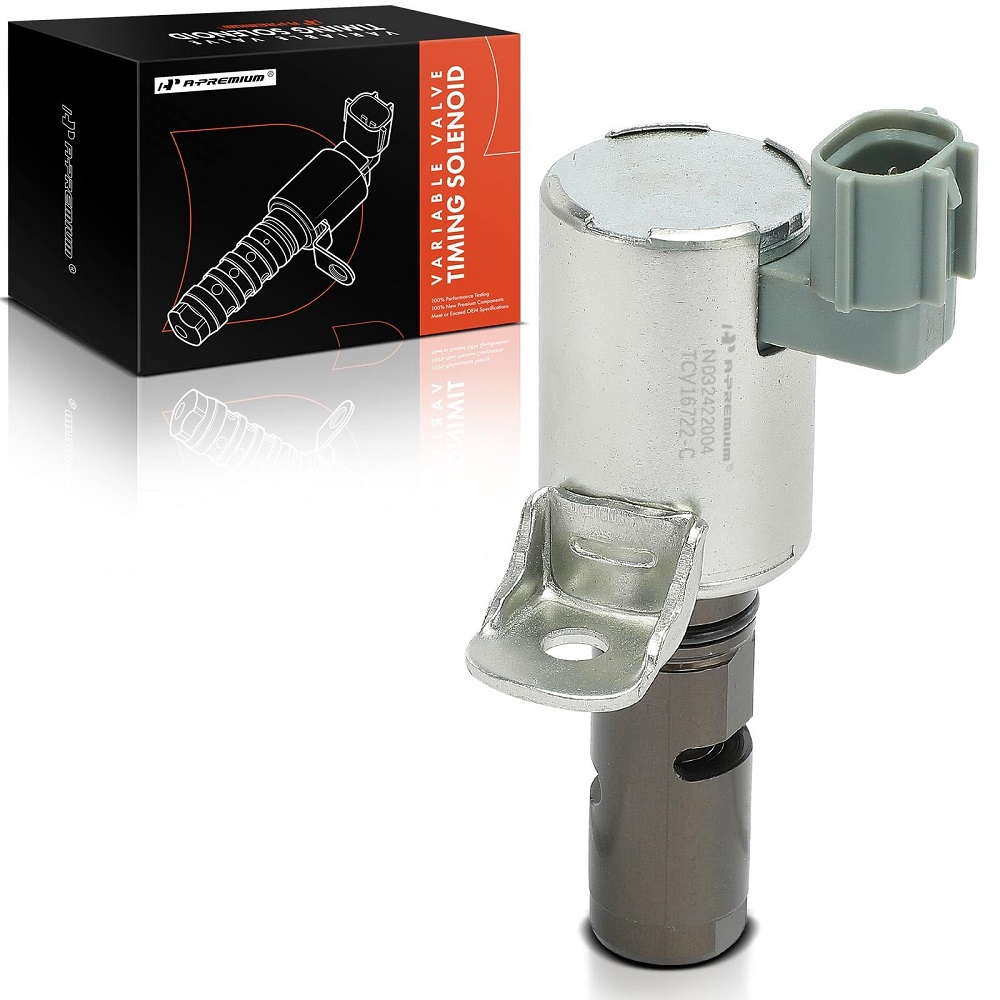
Leave a Reply